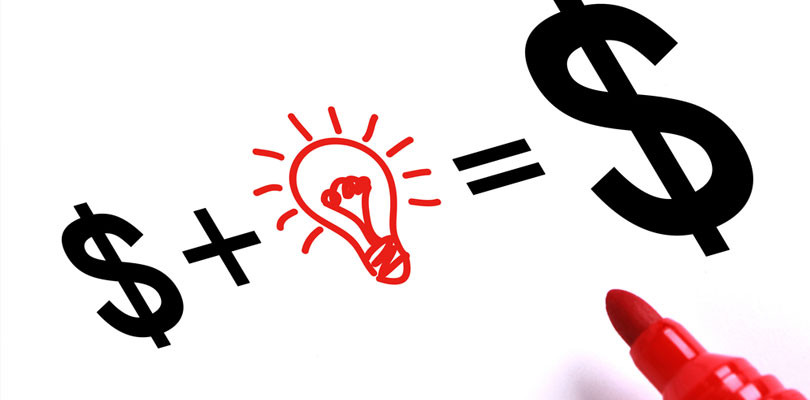A great way to assess the financial health of your business is to use some simple ratios to look at your business performance over the last few years. This will allow you to see how your business has been tracking. To get additional value you then need to compare your results with the industry standards; this will highlight whether your business is performing as well as it should or if there is room for improvement.
There are different types of performance ratios depending on what aspect of your business you want to look at. These include:
- Profit Ratios – these show the profitability of your business
- Liquidity Ratios – these assess the ability of your business to pay its debts
- Financial Ratios – these assess the funding position of your business
- Efficiency Ratios – these look at the efficiency of your business processes
By monitoring these you can get a good overview of how your business is performing.
Profit Ratios
1. Gross profit margin
This shows the proportion of profit for each sales dollar before expenses have been paid. An acceptable margin varies from industry to industry, but in general the higher the margin the better.
Gross profit margin = Gross Profit / Sales : 1.0
2. Net profit margin
This shows the proportion of profit for each sales dollar after expenses have been paid. An acceptable margin varies from industry to industry, but generally the higher the margin the better.
Net profit margin = Net Profit / Sales : 1.0
3. Gross profit vs net profit
The difference between the two can easily be seen on your profit and loss statement. Your gross profit is your sales minus your cost of goods sold, but does not factor in your business operating expenses. Net profit is a truer indication of your profit, as it factors in both your cost of goods sold and your operating expenses.
4. Return on investment (ROI)
The ROI shows how efficient your business is at generating profit from the original investment (equity) provided by the owners/shareholders. Lenders will also be interested in your ROI to help them determine the financial strength of your business.
ROI = Net Profit / Owner’s Equity
Liquidity Ratios
1. Current ratio or working capital ratio
This calculates your business’ liquidity — i.e. how quickly your business can convert assets into cash for the purpose of paying your current bills/liabilities. This ratio is a good measure of the financial strength of your business. For example, a ratio of 1:1 means you have no working capital left after paying bills. So generally, the higher the ratio the better off your business will be. Lenders will also be interested in your current ratio to help them determine your capacity to repay a potential loan.
Current ratio = Current assets/ Current liabilities : 1.0
2. Quick ratio
This “acid test” ratio is similar to the current ratio described above, except that it excludes inventory, which can sometimes be slow moving. This ratio provides a much more conservative measure of the liquidity of a business. For example, a ratio of 1:1 means you have no working capital left after paying bills. So generally, the higher the ratio the better off your business will be. Lenders will also be interested in your quick ratio to help them determine your capacity to repay a potential loan.
Quick ratio = (Current assets – Inventory) / Current liabilities : 1.0
Efficiency Ratios
1. Debt to equity
This shows you what type of financing your business is more reliant on – debt or equity (private investment). A ratio of 1:1 means you have an equal proportion of both debt and equity. In general you want a mid to low level ratio. The higher the ratio, the higher risk your business is to lenders.
Debt to equity ratio = Total liabilities / Total equity : 1.0
2. Loan to Value (LVR)
If you are considering taking out a loan to buy property or an asset, the LVR is the loan amount shown as a percentage of the market value of the property or asset. The ratio helps a lender work out if the loan amount can be recouped in the event a loan goes into default. The percentage lenders are willing to accept will vary, but the lower the LVR, the better.
LVR = (Loan amount / Property or asset value) * 100
If you would like us to assess your business performance and identify opportunities for you to improve it, then call us today on 08 9204 3733 and arrange an obligation free review.







